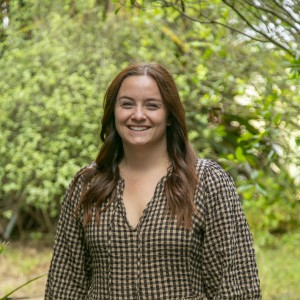Using Scratch, students transformed this ambitious travel plan into a real-world coding adventure, blending digital skills with global exploration.
Introduction
Coding is more than just a technical skill—it’s a tool for solving real-world problems. The New Zealand Curriculum integrates digital technologies into learning, ensuring students are prepared for the future. Recently, students used Scratch to map the best travel route from Taupo to Auckland, and then on to South Africa. This project made coding both educational and practical.
The Challenge
The task was to use Scratch and digital tools to find the most efficient travel route. Students gathered and manipulated data, developed a solution, and tested the results. This hands-on project linked directly to key learning principles in the curriculum.
Data Collection and Coding
Guided by their teacher, students identified the digital tools needed to gather travel data. They stored this information in a database, learning how Scratch and digital devices store and retrieve content.
Next, they made decisions about how to use this data. They selected Scratch and other applications to analyze travel options, understanding how these tools impacted their final outcomes.
Debugging and Testing
As they coded, students encountered bugs and learned to debug their Scratch projects. This process taught them to refine their digital content and test different scenarios, deepening their understanding of the coding process.
Conclusion
This project was a practical application of the New Zealand Curriculum's focus on digital technologies. By using Scratch, students not only learned to code but also to think critically about the tools they used and the outcomes they created, preparing them for future challenges.
We had to use google to download images for the different backgrounds that we needed to use for scratch. We had to download a plane and add it to be a Sprite before we could code it to move around.
We had to use x and y grid references for locations to make the Plane glide to certain locations on the map we had in the background. There is no direct flight from Taupō to South Africa so we had to find out where any layovers would be. I chose to stop in Dubai because it was an even distance between New Zealand and South Africa.
I found coding the plane to move easy because I have used scratch before. I even got to show Miss Robinson how to add another code so the animation would restart from the beginning.
I enjoyed using Scratch to code a travel route from Taupō to South Africa. You couldn’t fly directly from Taupō to South Africa. You had to go on a couple of planes. The first flight was from Taupō to Auckland. The second flight was from Auckland, New Zealand to Perth, Australia and then finally from Perth, Australia to Cape Town, South Africa. I chose to stop in Perth because it was the shortest distance instead of going up to Dubai or Hong Kong.
I found using scratch hard at the beginning because I haven’t used scratch before. It got easier once I knew what the code pieces did. When I first tried to code my aeroplane to travel from Taupō to South Africa there were a few problems that I had to debug.
One problem I had to debug was my plane wouldn’t move slowly to where I wanted it, I realised that I used the wrong code piece. I had used the ‘move to’ rather than the ‘glide to’.
Another hard part was learning how to change the background from the North Island of New Zealand to the world map.


Comments
No one has commented on this post yet.